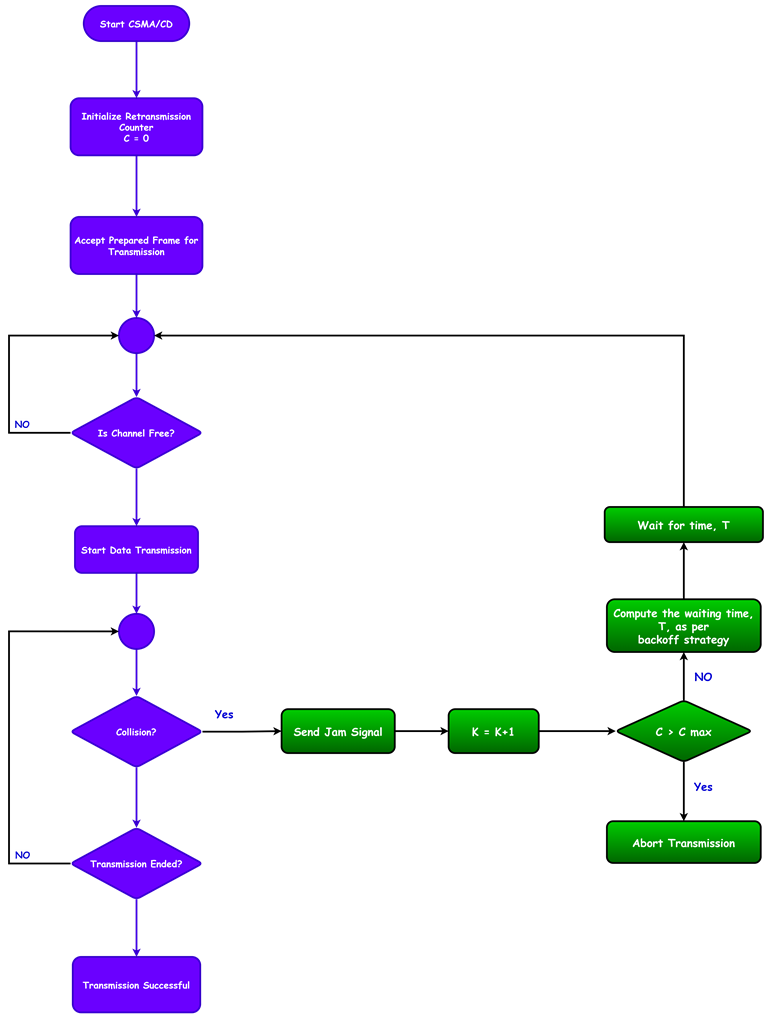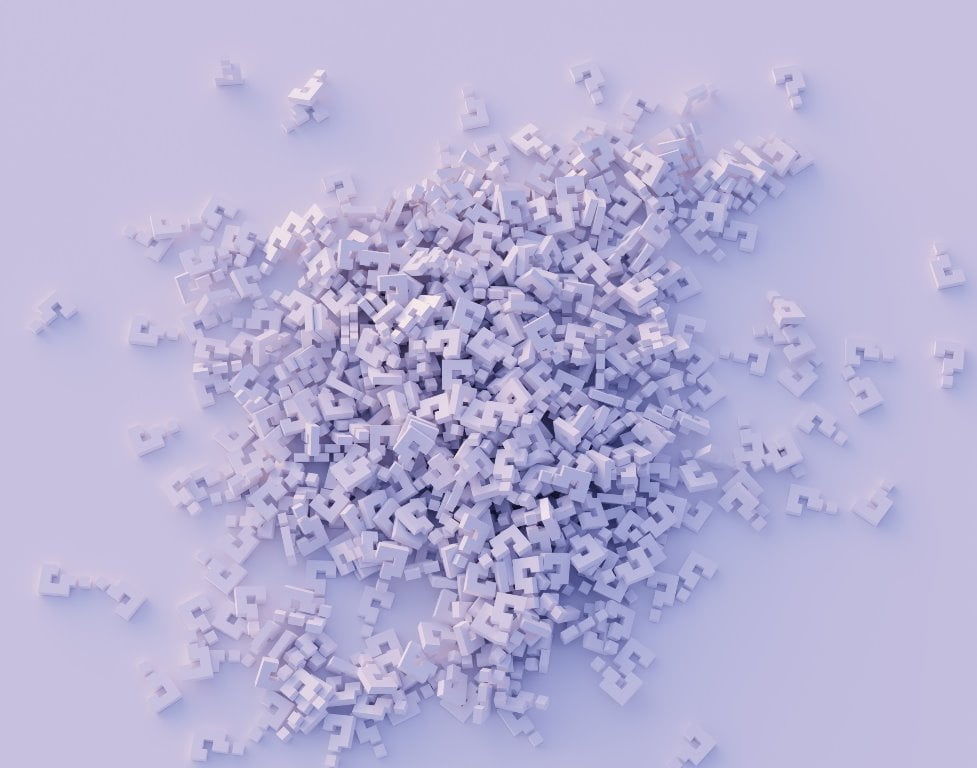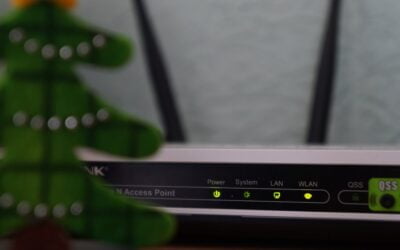Carrier Sense Multiple Access/Collision Detection is used in previous Ethernet technology or LANs in which the connection was in a Bus topology using coaxial cables. At present CSMA/CD is not often used since the Ethernet connections are in Full Duplex and use either Star Topology or Pont to Point connections. Although it is not used it still can be supported by the network.
CSMA/CD is a protocol to determine which station will send data so that there won’t be collisions among data when many stations start to send data at the same time. This approach makes sure that the sending data won’t get corrupted on the way by avoiding collisions. When a collision is detected, the station stops sending, sends a jam signal, and waits for a random time interval before resending.
Process of Carrier Sense Multiple Access/Collision Detection
First of all, the sending station checks whether the channel is idle or busy when the frame(data packets) is ready.
It checks this by constantly sensing broadcasts from other nodes. Dummy data is sent over the connection by the sender. If it does not receive any collision signals, it suggests the connection is now idle. Then it transfers the data if it detects that the carrier is free and there are no collisions. If a collision is detected, the station starts the collision resolution algorithm.
The station resets the retransmission counters and completes the frame transmission.

Collision Resolution Algorithm
To guarantee that all other stations identify collision, the station maintains transmission of the current frame for a set duration, accompanied by a jam signal.
The retransmission counter is increased by the station.
If the station’s maximum number of retransmission attempts is reached, the broadcast is terminated. Else, the station waits for a backoff period that is normally determined by the amount of collisions before restarting the main algorithm.
This approach, although detecting collisions, does not minimize the amount of collisions. It is not suitable for big networks since performance deteriorates exponentially as more stations are added.







0 Comments